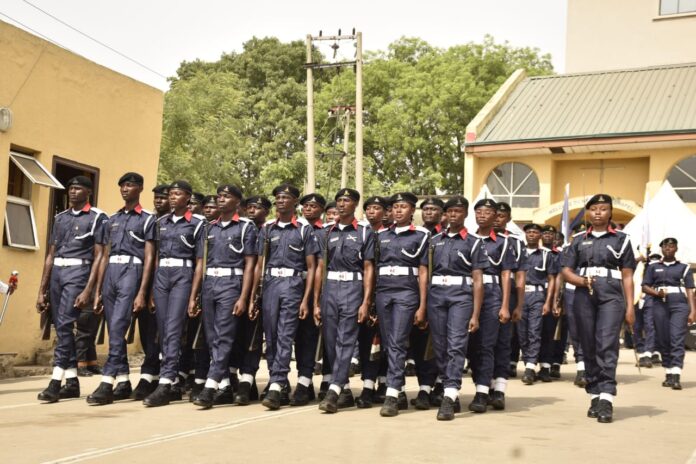As Nigeria gears up for the rainy season, the National Emergency Management Agency (NEMA) and the Nigeria Security and Civil Defence Corps (NSCDC) are taking decisive steps to safeguard lives and livelihoods from potential floods. This proactive collaboration, underscored by a recent meeting between NEMA Director General Zubaida Umar and NSCDC Commandant General Ahmed Audi, highlights the importance of coordinated disaster preparedness and response.

The urgency for action stems from concerning predictions. NEMA forecasts significant flooding across the country, with 148 Local Government Areas (LGAs) in 31 states facing a high risk. Umar emphasized the need for immediate activation of NSCDC emergency response teams. These teams will play a critical role in search and rescue operations, maintaining order in flooded areas, and protecting the distribution of relief materials.
This strengthened partnership builds upon a solid foundation. In February, NEMA and NSCDC signed a Memorandum of Understanding (MOU) aimed at bolstering disaster preparedness and response. During their recent meeting, both Umar and Audi reaffirmed their commitment to this MOU, recognizing the importance of continuous communication and collaboration.
“Specifically, 148 LGAs in 31 States are predicted to be within the high flood risk areas,” stated Umar. “This calls for a more robust approach, and NEMA seeks your collaboration, NSCDC, in the onerous task of saving lives and livelihoods. This will also restore normalcy in the event of floods and associated secondary disasters as the rainy season intensifies.”
Audi echoed this sentiment, highlighting the various aspects where collaboration is crucial. “The NSCDC would deepen the collaboration and ensure a more robust approach to addressing the current challenges,” he said. “We will work together in disaster preparedness, distribution of materials, and training exercises.”
Beyond immediate flood response, Audi emphasized the need for strong inter-agency coordination to effectively address security challenges that may arise during disasters. This includes potential conflicts that could erupt in the aftermath of flooding. He assured NEMA of the NSCDC’s unwavering support in securing personnel and relief materials during distribution efforts.
Umar commended the NSCDC’s past contributions, particularly their role in safeguarding vulnerable populations during emergencies. She specifically highlighted their work in protecting women, children, and the elderly residing in displacement camps. This focus on the most vulnerable underscores the humanistic approach NEMA and NSCDC are taking towards disaster management.
The collaboration between NEMA and NSCDC extends beyond this rainy season. By working together, they aim to establish a long-term, sustainable model for disaster preparedness and response. This model will likely involve joint training exercises, public awareness campaigns, and the development of improved communication protocols. Ultimately, the goal is to ensure a swift and coordinated response to any disaster that may strike Nigeria, minimizing the impact on lives and property.
Victoria Ibiama




